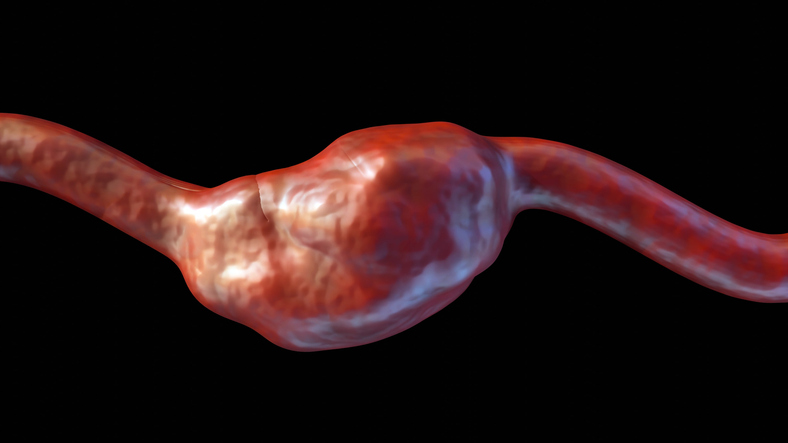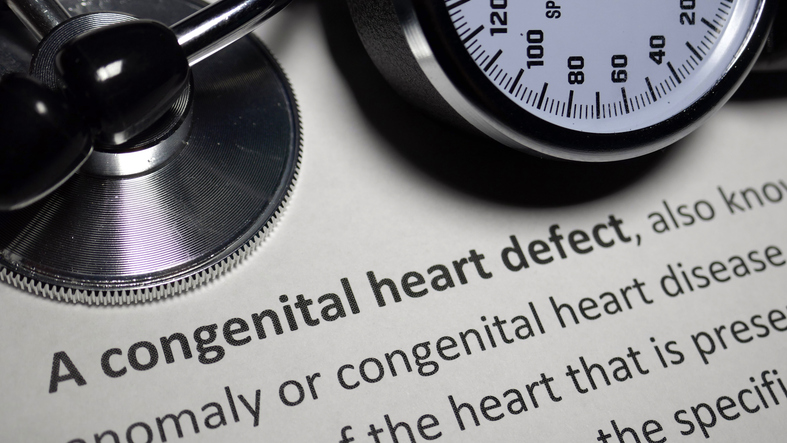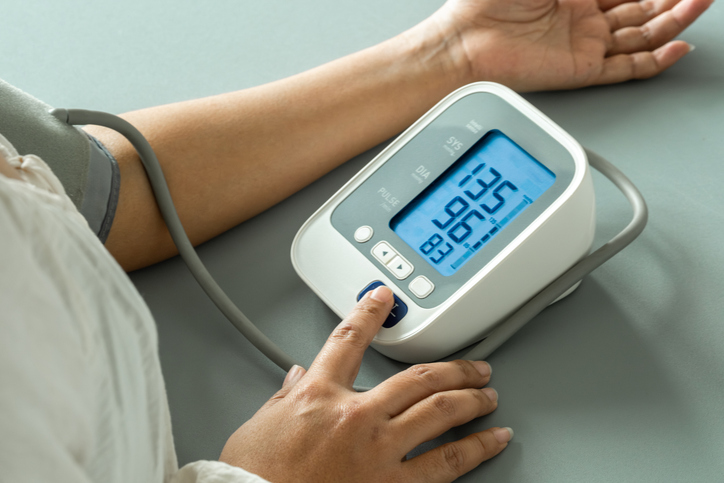
Patients with peripheral artery disease (abbreviated as PAD) tended to have a lower omega-3 index than those without the condition, new study results suggest.
Researchers for the cross-sectional study, published in Lipids, included 179 surgery outpatients (145 with PAD and 34 controls). The researchers assayed erythrocyte fatty acid content from blood samples using capillary gas chromatography. They they
According to the results, patients with peripheral artery disease (who smoked more and were more likely to have hypertension and dyslipidemia), and had lower mean omega-3 index (a measure of erythrocyte content of n-3 polyunsaturated fatty acids, eicosapentaenoic acid (EPA) and docosahexaenoic acid expressed as a percentage of total erythrocyte fatty acids) and a lower EPA-to-arachodonic-acid ratio(0.04 ± 0.02 vs. 0.05 ± 0.05; P<0.001). They also had greater mean total saturated fats (39.5 ± 2.5% vs. 38.5 ± 2.6%; P=0.01). After adjustment for certain patient characteristics (smoking, age, blood pressure, diabetes, medications), the analysis suggested that a decrease of 1% in omega-3 ratio was associated with a 39% increase in the risk for PAD (OR=1.39; 95% CI; 1.03 to 1.86; P=0.03).
“These alterations in fatty acid content may be involved in the pathogenesis or development of poor outcomes in peripheral artery disease, the researchers wrote in their abstract.
Lower Inflammatory Burden
“It is likely that the lower inflammatory burden associated with a higher omega-3 index may be part of the explanation for these results,” Bill Harris, PhD, a coauthor on the study, said in a press release. Whether long-term use of omega-3 supplements and/or increased consumption of oily fish could prevent the development of peripheral artery disease should be examined in future studies”
Previous research has suggested that omega-3s may affect many parts of the atherosclerotic process, and can “improve endothelial function; promote vasodilatation through relaxation of smooth muscle cells; exert antioxidant, anti-inflammatory, and antithrombotic actions; delay development of plaques and increase their stability; and decrease wall stiffening,” according to the press release.
In population-based studies #omega3 fatty acids are inversely linked with Peripheral Artery Disease https://t.co/xzMSVW244x
— Evangeline Mantzioris PhD APD AccSD (@EMantzioris) March 23, 2019
https://twitter.com/Figurwechsel/statuses/1107920345431003136







 © 2025 Mashup Media, LLC, a Formedics Property. All Rights Reserved.
© 2025 Mashup Media, LLC, a Formedics Property. All Rights Reserved.